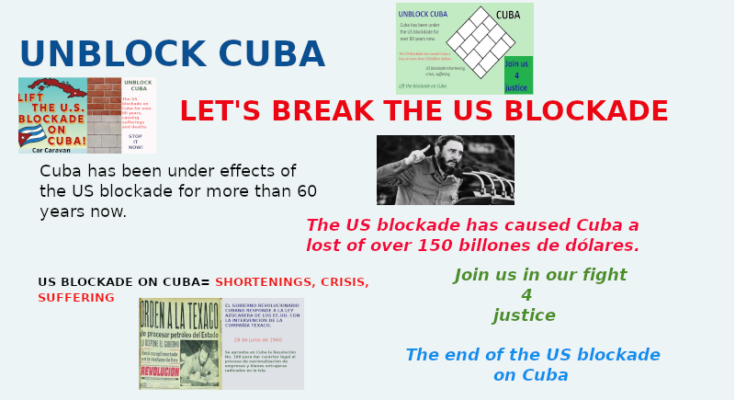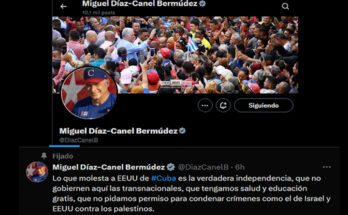Nationalization began due to the tense situation between the United States and the young Cuban Revolution, the leadership of the Cuban Revolution, in legitimate defense, adopted a series of essential measures to safeguard the interests of the people and guarantee the continuity and strengthening of the proletarian power achieved after so much struggle and bloodshed.
In response to the imperialist aggression, on the night of October 24, the highest leadership of the Revolutionary Government, in accordance with the faculties granted to it by Law 851 for the Defense of the National Economy signed on July 6, 1960, and applied for the first time on August 6, subscribed Resolution No. 3 which provided for the nationalization of 166 enterprises belonging to American persons or firms.
This new revolutionary measure corresponded to the need to respond to the aggressive Yankee disposition of a general blockade of US exports to Cuba, aimed at strangling the Cuban economy. In one of its parts Resolution No. 3 stated:
“As the Revolutionary Government has the duty to defend that economy, and furthermore, it is fundamental for the liberation and economic development of our country the liquidation of the American commercial or industrial companies that currently constitute in our Homeland the residue of the financial capital of that country, it has ordered the nationalization, by means of forced expropriation, of all the assets of those 166 companies, among which are Ten Cents, Sears, Burrus Flour Mill, Mcfarlane Foundry, Firestone, Goodrich, Canada Dry, Coca Cola, Minimax, Ekloh, Abbot, Squibb, Hershey Railroad, insurance and mining companies, distributors of machinery, cars and accessories, tobacco companies, hotels and casinos.
Nationalization counteracting the economic aggression
In this way, the words of the leader of the Revolution pronounced nine days earlier, on October 15, 1960, were fulfilled: “If the economic aggressions against us continue, we will continue nationalizing American companies, in accordance with that legislation”.
Furthermore, the presidential elections in the United States were close and comrade Fidel evaluated the real possibilities of an imminent armed aggression, before and after those elections and even in the days following the inauguration of any of the two candidates who would assume the presidency of the United States government.
In the midst of this complex situation, on October 19, 1960, the administration of Dwight Eisenhower declared an “embargo” on U.S. exports to Cuba with the purpose of paralyzing the country, since almost all the inputs of Cuban companies came from the United States. The general control measures dictated by the State Department marked, in practice, the beginning of the blockade against Cuba.
The following day, the U.S. Department of Commerce amended the Export Regulations and imposed strict and total controls establishing a ban on exports to Cuba, except for certain food and medical supplies.
Meanwhile, the U.S. Ambassador to Cuba, Phillip Bonsal, was recalled to Washington for an “extended period of consultations”. State Department spokesman Joseph Reap reported that no other person had been designated to replace him. However, when the media asked “if this announcement had any relation to the embargo imposed on trade with Cuba, the spokesman said it was simply a coincidence”.
No one could believe in coincidences; it was simply the culmination of the process of economic aggression and subversion that the US government had maintained against Cuba since the first months of the triumph of the Revolution.
There was no other choice for the Cuban government but to start the nationalization of all the US companies settled in the island.




